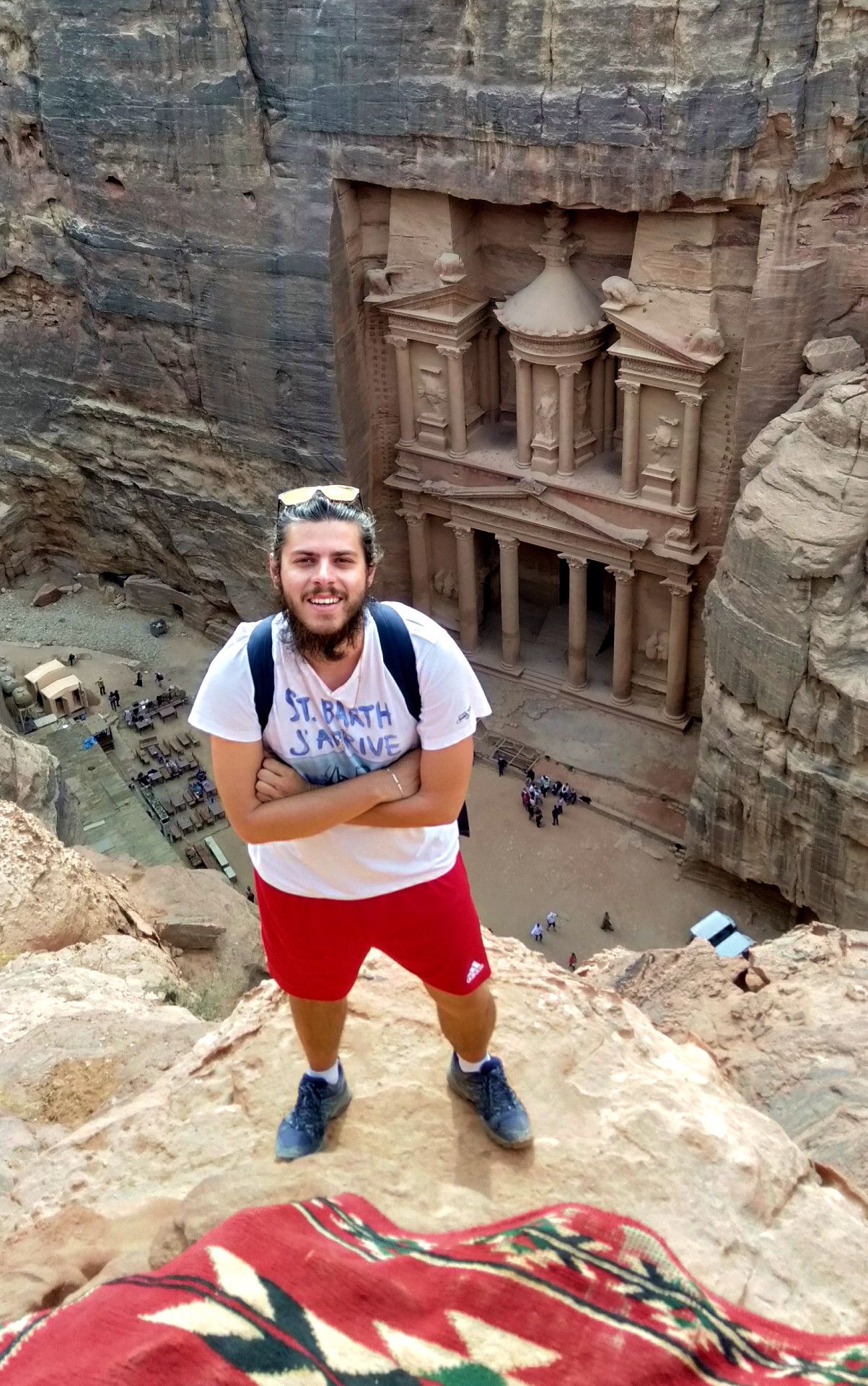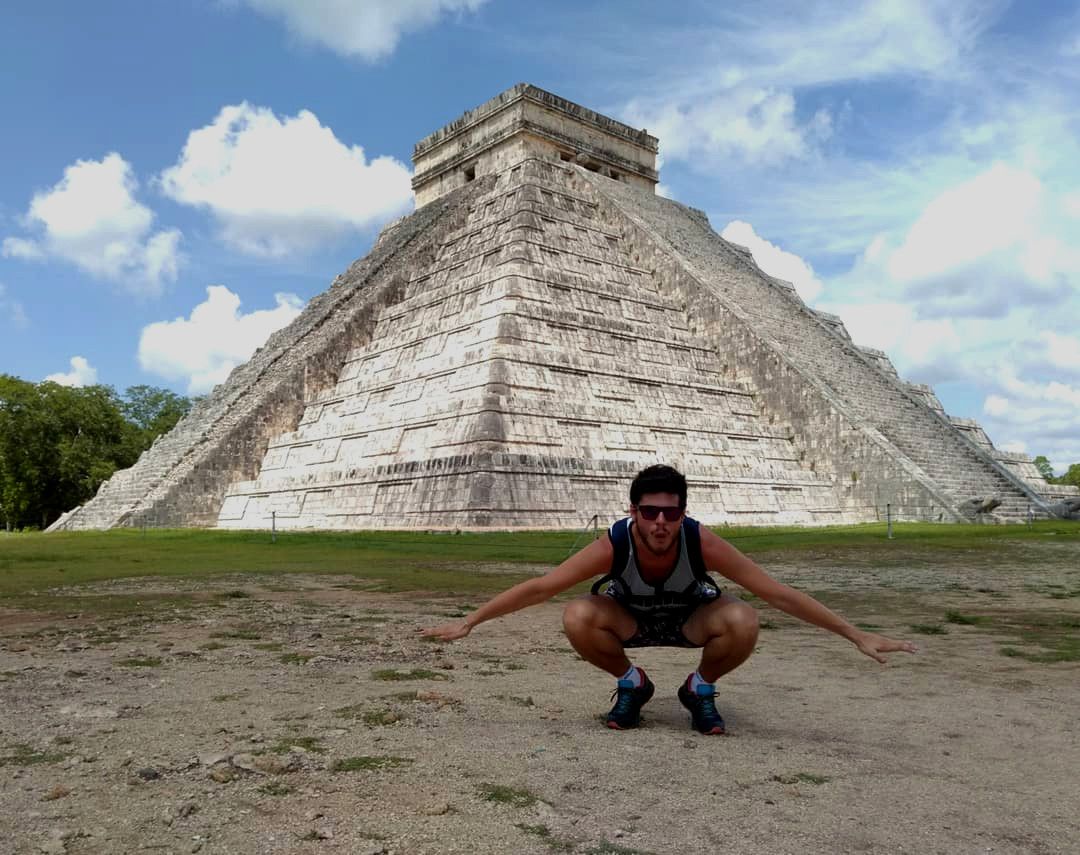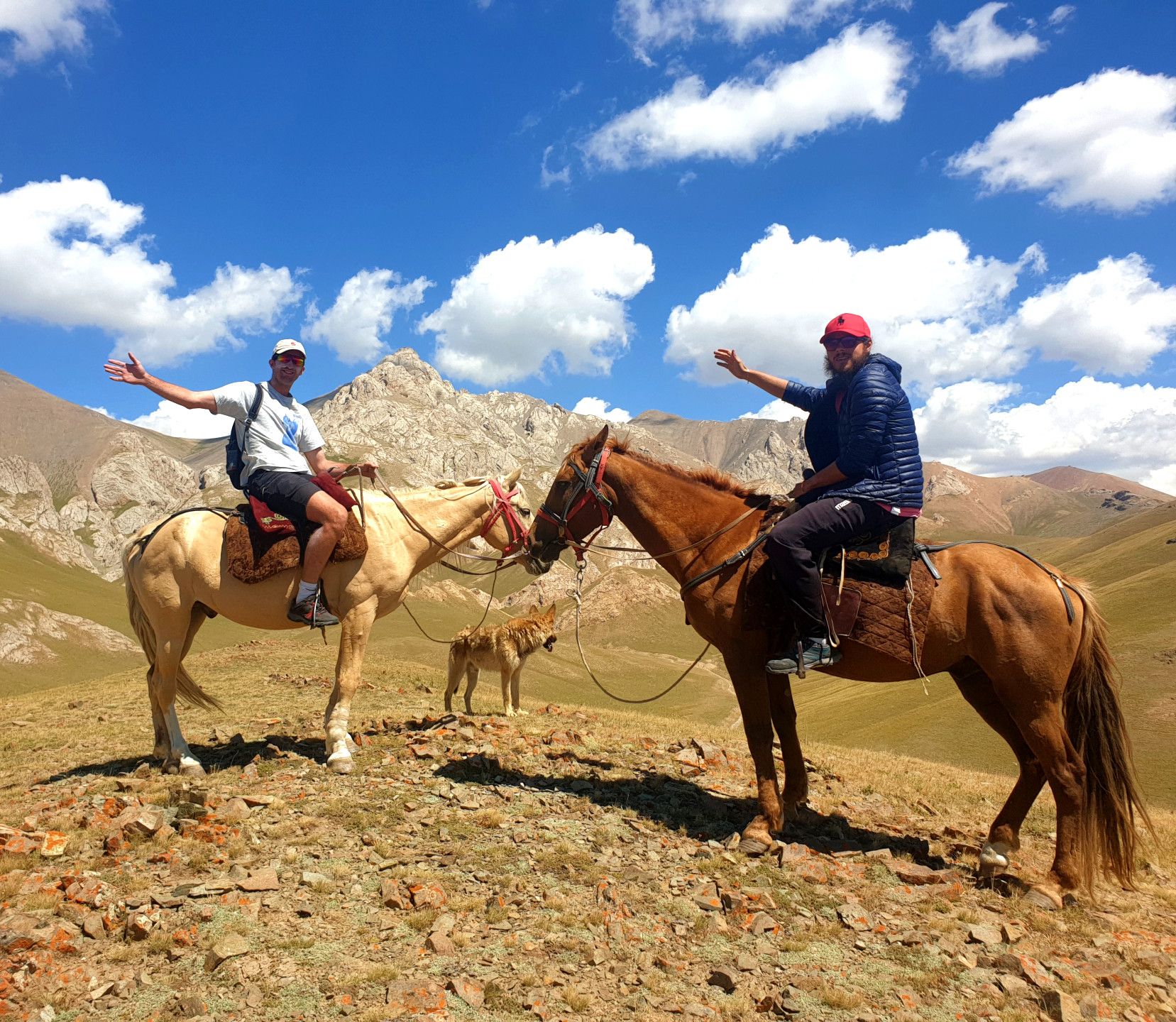
🌏 Is the world really a dangerous place for a traveler?
Hidden historical treasures, clear waters, high peaks, colourful districts. The world is full of beauty ready to be discovered, often with safer conditions than you expect.
Share this story!
During the last few years, I traveled extensively to discover far destinations outside Europe, such as the Middle East, Nepal, Kyrgyzstan, and Central America.
What I have understood firsthand, from the stories of many other travelers and from travel literature, is that there is some misinformation about the dangers of traveling far away in the world.
Many potential travelers are held back by the perception of a significant deterioration in global security: social conflicts, the Ukraine war, raising dictatorships, terrorism and so on.
In traditional media, there are daily reports of stranded travelers, conflicts, and kidnappings.

Is the situation really so dramatic?
The Institute for Economics and Peace (IEP) in its reports refers that since 2008 the global peace level has worsened by 2 percent. During 2022, the level of peacefulness was reduced by 0.03 percent compared to the previous year.
These data describe a decline in global peacefulness but not a dramatic reduction.
Furthermore, the worsening didn't take place everywhere but about 70 countries deteriorated while on the other side approximately 90 improved their level of peace.
Does terrorism still exist?
IEP also reports that terrorism continued to improve, with 70 countries recording no attacks in 2021, the best result since 2008.
Terrorism in the West declined substantially, with attacks falling by 68%. As a result, safety in Europe has increased.
Precisely due to the decline in the impact of terrorism, as well as the slowdown in many conflicts, the Middle East and North Africa report a strong increase in security.
Notably, Jordan and Oman are among the safest nations worldwide, while Saudi Arabia is one of the nations that most improved its safety level and has recently opened up to tourism after decades of closure.
In addition to being very safe, these are some of the most fascinating destinations in the world. Here you can discover several historical hidden treasures as well as unrivalled natural beauties such as boundless deserts, deep canyons and the crystal depths of the Red Sea.

Grasping the regional differences
A frequent mistake we made is to consider nations as one entity but this is often not the case. There are several countries with large territorial extensions, populated by several ethnic groups and cultures and, therefore, with completely different safety conditions as the area changes.
Let's consider Mexico. The perception is that Mexico, the land of drug cartels and gang fighting, is not a safe place. If you look at the data globally, it's obviously confirmed, but in detail?
Well, according to the Mexico Peace Index score, the security gap between the area of the Yucatan Peninsula, on the southern border with Guatemala, and that of Baja California, on the northern border with the USA, is really wide. For example, the number of violent crimes and homicides is up to four times lower in Yucatan than in the most dangerous areas.
Furthermore, these safest southeastern areas are the more spectacular, rich in natural wonders such as Cenotes, the Caribbean Sea and wonderful monuments of the ancient Mayan and Aztec populations.

Differences in local conditions are very pronounced in Mexico, due in large part to the intermittent presence of feuds among drug cartels. Unlike certain Islamic terrorism in the past aimed to target Western tourists, the fights in Mexico are mostly internal. These tragic episodes don't involve foreign visitors but exclusively local gangs.
Mexico is an example, but a similar issue could be made for Brazil, Turkey, India and many other big nations.
Dictatorship = Danger?
Another wrong idea is that visiting a dictatorial state is necessarily dangerous. It actually can be but it's not a rule.
Autarchic regimes often institute strong police controls which, although strongly diminishing the freedom and rights of citizens, on the other hand severely limit crime and conflicts. I certainly don't want to judge positively the dictatorial regime but this relapse makes a trip to these countries substantially safe.
Maybe it will surprise you but this is the current situation of the ex-Soviet republics of Central Asia, the famous -Stan region (which doesn't include troubled Afghanistan). Among the most authoritarian states in the world, they also stand out for security and social order.
Here it's possible to visit the architectural wonders on the old Silk Road such as Samarkand, drive between boundless deserts and steppes as well as magnificent high mountain kingdoms.

What about Africa?
It certainly cannot be said that the situation is noticeably improving in Africa.
But Africa is very large and varied. According to the travel risk map made by AIG Travel guard, some neighbouring countries in the south of the continent are among the safest in the world for tourists with the same scores as many European states: Namibia and Botswana.
This means that these countries are politically and socially stable with few major security concerns, crime is not a frequent occurrence and overall medical infrastructure and facilities are generally advanced.
Among the most fascinating areas of the continent, here it's possible to visit natural parks where you can spot the big five African animals, the Victoria Falls and deserts out of this world.

A redemption story
Is it possible a transformation from the most dangerous city in the world to a quiet tourist destination? In Colombia, they would respond positively.
You will likely associate the city of Medellin with the Colombian drug cartels. For many years it was like this: organized crime, led by the famous boss Pablo Escobar, had taken over the city. In particular, the hilly district of Comuna 13, in a strategic position, had become their headquarters.
In 2002 the Colombian government attempted the enterprise, with a massive military operation in Comuna 13, called Operacion Oriòn, which ended successfully.
After a few years, also by means of a huge architectural transformation with cable cars and escalators connecting it to the rest of the city, Comuna 13 flourished again and in 2013 Medellin was awarded the "Most Innovative City in the World" by the Wall Street Journal.
Today Medellin is a very pleasant city and Comuna 13, the symbol of rebirth, is full of superb graffiti that adorns the colourful streets teeming with people and clubs.

Improvements and rebirths like the Medellin one happened and are still happening. In addition to being of great cultural and scenic interest, a visit to these far nations could lead to looking at the world with new eyes, and not as the land of a thousand conflicts painted by the media.

By becoming a premium supporter, you help in the creation and sharing of fact-based optimistic news all over the world.



